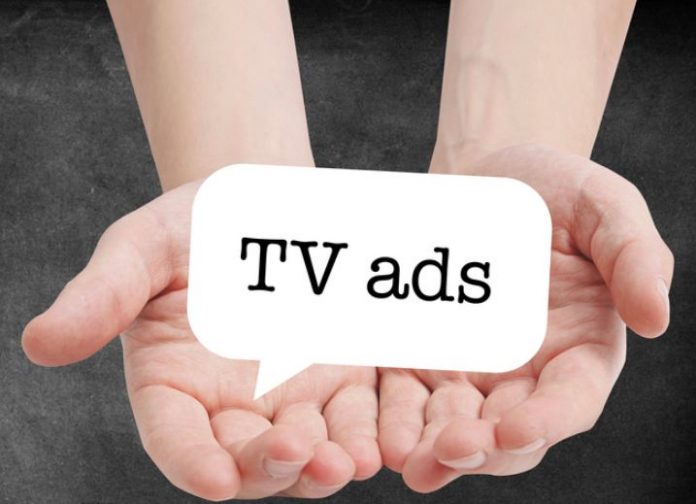If you sell a product or service, and want to be successful quickly, you must tell people about it through advertising and marketing.
TV, radio and newspaper are still considered the major media for effective marketing off-line.
However, a lot has changed with these top three marketing vehicles in the past 15 years.
In this article some critical changes are revealed that have occurred and how you can get the maximum impact for your advertising dollar.
Television is primarily an entertainment medium. Research shows the average person spends more time with television than with radio and newspaper combined.
For many years, TV was considered the most powerful advertising choice because of the huge audience it provided. Even today, nearly everyone watches some TV every day.
There are three things you must consider before spending money on TV advertising – limited lifespan of your ad, audience fragmentation, and ad avoidance.
Keep in mind that once your ad has aired, it is gone for good. There is no way your potential customer can refer back to it.
This fact makes it imperative that you run your ad many times to embed your message in the mind of the viewer. Frequency is important with any advertising, but especially broadcast.
Audience fragmentation is one of the major problems local broadcast television faces today.
At one time, a huge TV audience was split over only a few local channels. Community businesses could reach a large majority of their potential customers very quickly.
Large national companies, such as Coke, only had to choose from the three major networks – ABC, CBS or NBC – to reach over 80% of the population.
Today, with cable and satellite TV, this same audience is now fragmented over 200 or more channels.
The percentage of viewers on local TV has dropped dramatically. Yes you can run ads on cable and they will spread them out over ten or more channels.
This shotgun advertising has not worked well for small businesses because many of these stations have only a half percent or less of the total viewers.
And, what are the odds that they will be watching during the 15 or 30 seconds that your ad is presented?
Ad avoidance is also a very rapidly growing problem for TV today.
Because the public watches TV primarily for entertainment, they see advertising as an unwelcome interruption – not unlike the hated telemarketing.
This was true 30 years ago but there was nothing a person could do about it except channel surf or leave the room. As you know this was, and still is, often done.
Today, with TIVO, pay-per-view, public broadcast stations, and the multitude of satellite and cable channels, the public has shown a willingness to pay for reduced interruption from advertising.
Radio has similar problems. It is also primarily an entertainment medium. As such, advertising is also considered an interruption.
Satellite radio is one of the fastest growing industries today primarily because people, again, are willing to pay to avoid commercials. In fact, most new cars have satellite radio built in.
Additionally, radio has evolved into an entertainment source for primarily driving, and background noise at work. If you buy any radio advertising, it should only be aired during drive time.
At home, radio use drops off. People can play CD’s or listen to satellite radio. This way they can choose exactly the music or programming they prefer without commercial interruption.
The radio industry understands that folks do not want to be interrupted with advertising. Many times radio stations promote themselves by offering “more music, less commercials”.
Newspaperes have had their ups and downs, but have steadily maintained their local readership base and strength for local marketing.
Even when radio, then TV, came on the scene, people still were loyal in reading their local newspaper.
Unlike TV and radio, advertising in a newspaper is not viewed as an interruption. In fact, one of the reasons people buy newspapers is for the advertisement content.
Surveys have shown among 15% and 23% of those buying a newspaper do so primarily for the advertising.
You see, people do want to see and read advertisements. They do want to – and need to – buy products and services. They just want the ads on their terms.
TV’s best day of the year is Superbowl Sunday, delivering nearly 40% of U.S. households. In striking contrast, newspapers consistently deliver well over 50% of your community households.
They do it every day, 365 days a year. Now that is some serious marketing power.
Another advantage over broadcast that only newspapers can deliver is engagement of the consumer at the moment they are making a buying decision.
When a person is reading your ad, it is because they choose to. At that time you have their full and focused attention.
And the working life of your newspaper ad is enormous because it is physical and static. Your potential customer can refer back to it anytime they wish, or even cut it out.
You may have heard on TV or radio that newspaper subscriptions and readership are dropping. This is true. But it is not to the degree they would like you to believe.
What they do not tell you is newspaper on line versions are growing much faster than the 7% or so losses in subscriptions.
In fact, you will find newspaper web sites are usually the busiest web sites in any community. Be sure you take advantage of this.
Now you can see why today’s trend among business people who are in-the-know is away from broadcast and back into the old, reliable newspaper.
Most all the major stores are getting back to the basics and finding the print advertising to be the best return on investment. So will you.
Newspapers, of course, should not be your only advertising medium, but it is the solid foundation on which you build an effective marketing plan in today’s environment.

